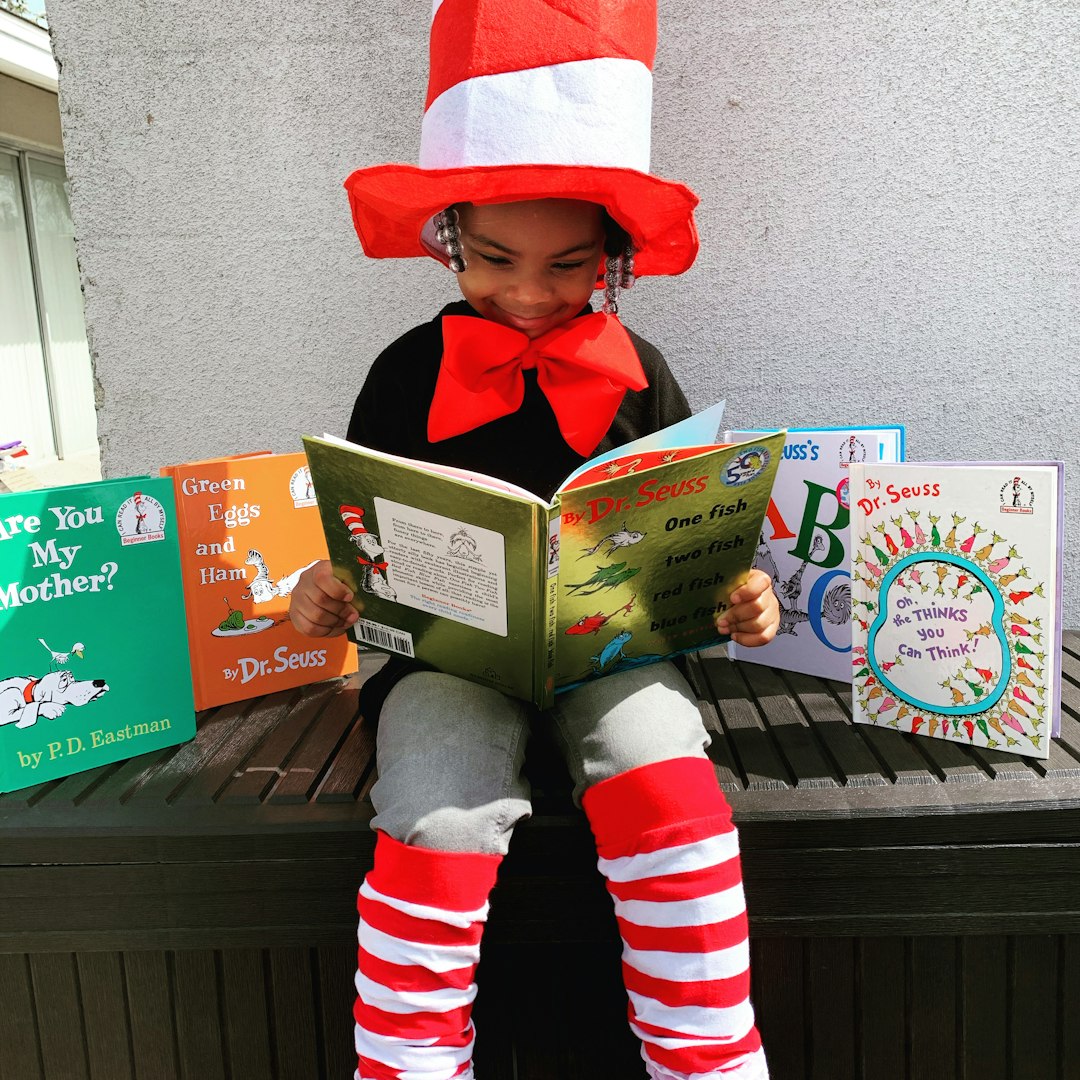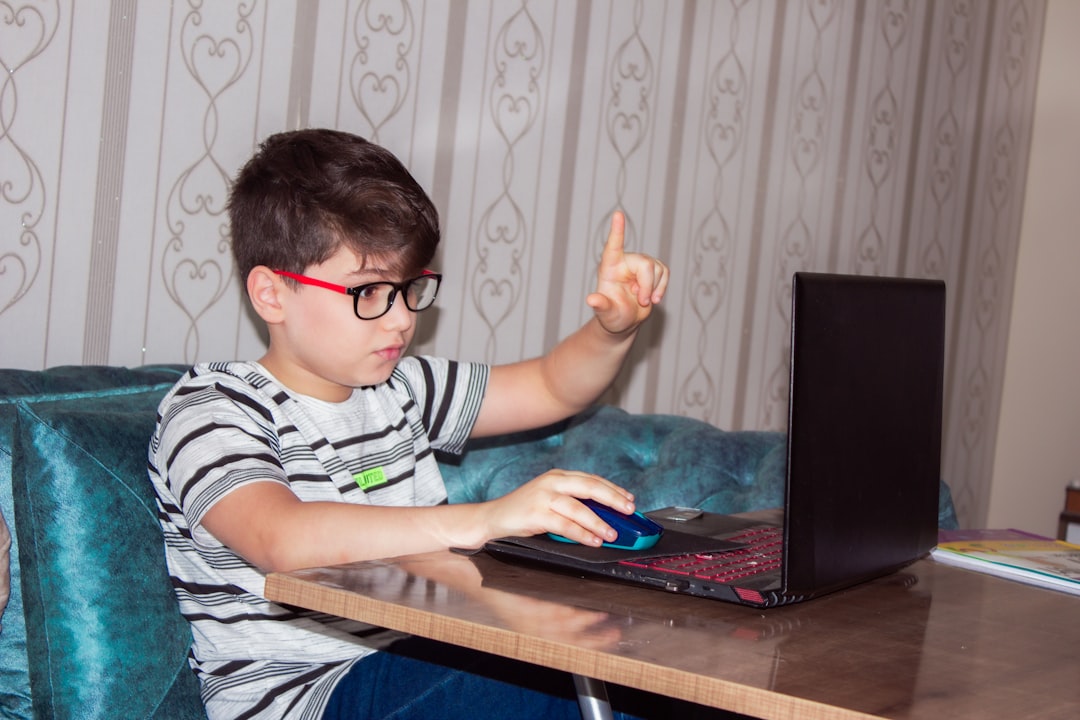
How do I baby-proof my home?
Baby-Proofing Your Home: A Comprehensive Guide
Welcoming a new baby into your home is an exciting experience. However, it also means taking extra precautions to their safety. Baby-proofing your home is an essential step to take before your little one starts crawling and exploring. Here are some tips to help you get started:
1. Start with the basics
Begin by securing all electrical outlets, covering sharp corners, and ensuring that all cabinets and drawers are locked. Install baby gates at the top and bottom of staircases and keep all cleaning supplies and chemicals out of reach.

2. Secure your furniture
Make sure all furniture is secured to the wall to prevent it from tipping over. This includes bookshelves, dressers, and televisions. Use furniture straps or anchors to secure them in place.

3. Check your windows
Install window guards or stops to prevent your baby from falling out of open windows. Keep all cords from blinds and curtains out of reach, as they can pose a strangulation hazard.

4. Keep an eye on small items
Small items like coins, buttons, and batteries can pose a choking hazard. Keep them out of reach or locked away in a secure location.

5. Be mindful of your plants
Some plants can be toxic if ingested, so it's important to keep them out of reach. Research the plants in your home and remove any that could be harmful.

6. Secure your pets
If you have pets, make sure they are supervised around your baby. Keep their food and water bowls out of reach and ensure that their litter box is covered.

7. Invest in baby-proofing products
There are many baby-proofing products on the market that can help make your home safer for your little one. These include cabinet locks, outlet covers, and door knob covers.

8. Stay vigilant
Baby-proofing your home is an ongoing process. As your baby grows and develops new skills, you may need to adjust your safety measures. Stay vigilant and always be on the lookout for potential hazards.

By taking these steps, you can create a safe and secure environment for your baby to explore and grow. Remember, baby-proofing is an important part of parenthood, so take the time to do it right.
Warmly,














































